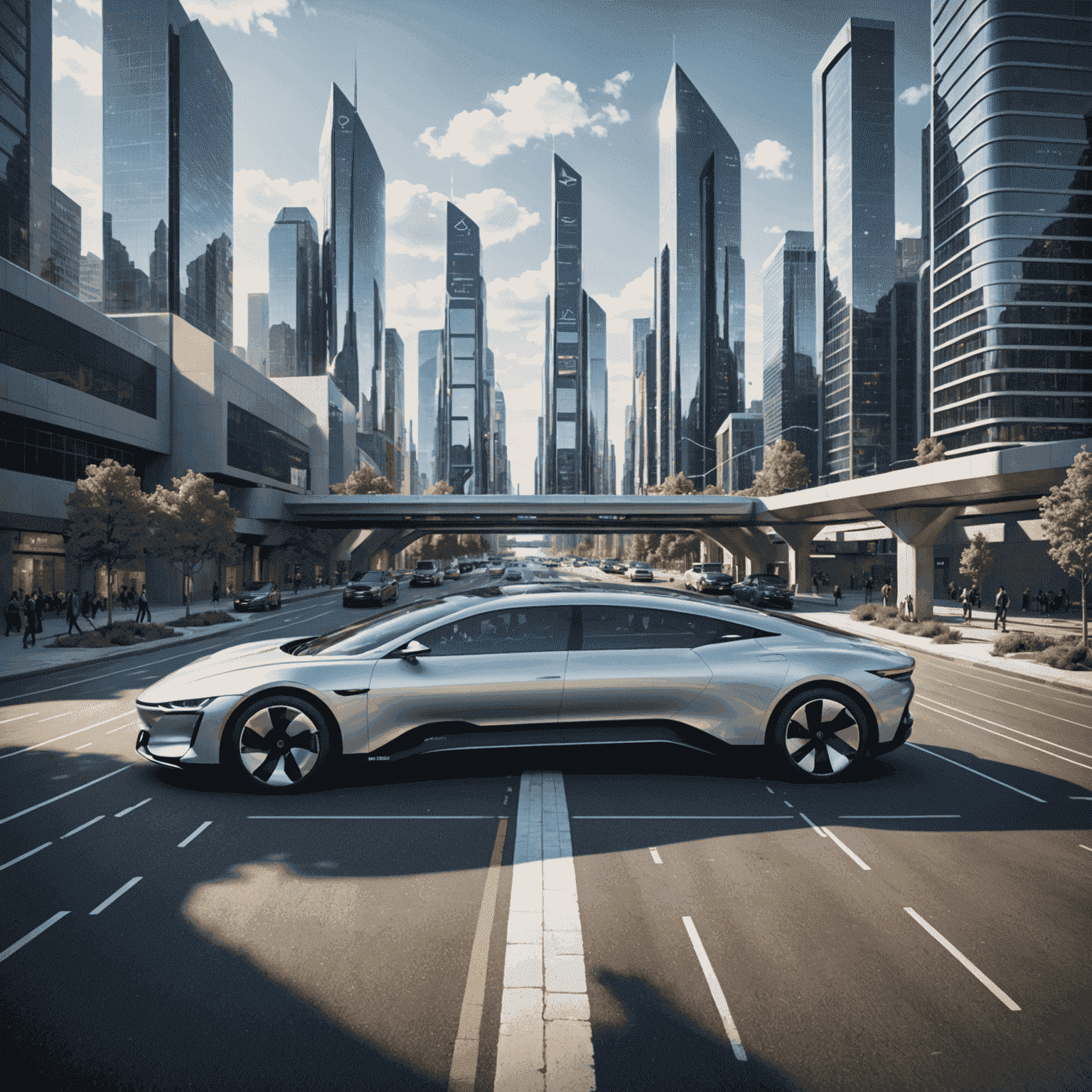Autonomous Vehicles and the Reshaping of City Infrastructure

As we stand on the cusp of a transportation revolution, autonomous vehicles are poised to dramatically reshape our urban landscapes. This transformation goes far beyond the cars themselves, extending into the very fabric of our cities' infrastructure.
Reimagining Road Design
The advent of self-driving cars will necessitate a complete overhaul of our road systems. Smart roads equipped with sensors and communication technologies will become the norm, facilitating seamless interaction between vehicles and infrastructure. Lane markings may evolve into dynamic, LED-based systems that can change based on traffic flow and time of day, optimizing urban mobility like never before.
Transforming Parking Structures
With autonomous vehicles capable of dropping passengers off and parking themselves, the need for vast parking lots in prime urban areas will diminish. This presents an unprecedented opportunity for urban planners to repurpose these spaces into green areas, community centers, or affordable housing, contributing to more sustainable and livable cities.
Revolutionizing Traffic Management
Smart infrastructure will work in tandem with autonomous vehicles to optimize traffic flow. AI-powered traffic lights will communicate with vehicles to reduce congestion and improve safety. This synergy between vehicles and infrastructure will lead to more efficient urban mobility, reducing emissions and enhancing the quality of life for city dwellers.
Integrating with Public Transit
The rise of autonomous vehicles doesn't spell the end for public transit. Instead, it offers an opportunity to create a more integrated and efficient transportation ecosystem. We may see the emergence of autonomous buses and trams, as well as seamless intermodal hubs where self-driving cars connect effortlessly with other forms of public transport.
Enhancing Pedestrian and Cyclist Safety
As our cities adapt to autonomous vehicles, there's a unique opportunity to prioritize pedestrian and cyclist safety. Smart crosswalks with sensors and lights can communicate with vehicles to ensure safer street crossings. Dedicated lanes for autonomous vehicles could free up space for expanded bike lanes and wider sidewalks, promoting active transportation in our urban centers.
Challenges and Considerations
While the potential benefits are immense, the transition to autonomous vehicle-friendly infrastructure presents significant challenges. Cities will need to invest heavily in upgrading their digital and physical infrastructure. There are also important considerations around data privacy, cybersecurity, and ensuring equitable access to these new transportation systems.
Conclusion
The integration of autonomous vehicles into our urban fabric represents a paradigm shift in city planning and infrastructure development. As we navigate this transition, it's crucial that we approach it holistically, considering not just the technological aspects but also the social, environmental, and economic implications. By doing so, we can harness the power of autonomous vehicles to create smarter, more sustainable, and more livable cities for all.